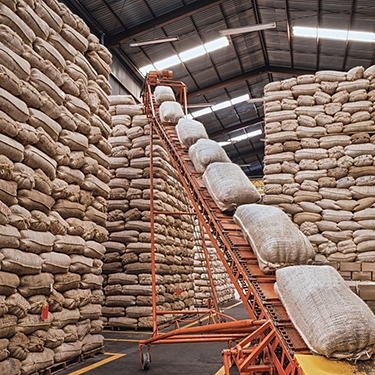Infrastructure investment due diligence

On behalf of a Canadian oilseed processer WPI's team provided market analysis, econometric modeling and financial due diligence in support of a $24 million-dollar investment in a Ukrainian crush plant. Consistent with WPI's findings, local production to supply the plant and the facility's output have expanded exponentially since the investment. WPI has conducted parallel work on behalf of U.S., South American and European clients, both private and public, in the agri-food space.

 The CBOT saw its typical low-volume post-Christmas trading session on Friday, but low trading volume didn’t stop the markets from making some notable technical moves. The first of which, on a broad scale, is that early strength in corn, the soy complex, and to a lesser extent wheat, all f...
The CBOT saw its typical low-volume post-Christmas trading session on Friday, but low trading volume didn’t stop the markets from making some notable technical moves. The first of which, on a broad scale, is that early strength in corn, the soy complex, and to a lesser extent wheat, all f...
 Financial markets will be closed on Thursday, 25 December for the Christmas holiday. As a result, there will be no Ag Perspectives report on Thursday. WPI wishes everyone a joyous and safe holiday. WPI will resume operations on Friday, 26 December. Note that Ag Perspectives will be providing ma...
Financial markets will be closed on Thursday, 25 December for the Christmas holiday. As a result, there will be no Ag Perspectives report on Thursday. WPI wishes everyone a joyous and safe holiday. WPI will resume operations on Friday, 26 December. Note that Ag Perspectives will be providing ma...
 The CBOT was mostly higher before the Christmas holiday with grains in the lead, though with each market seeing a different fundamental driver. Wheat futures rallied on the once-again-escalating tensions in the Black Sea and dry weather in the U.S. southern plains that has left the wheat crop v...
The CBOT was mostly higher before the Christmas holiday with grains in the lead, though with each market seeing a different fundamental driver. Wheat futures rallied on the once-again-escalating tensions in the Black Sea and dry weather in the U.S. southern plains that has left the wheat crop v...